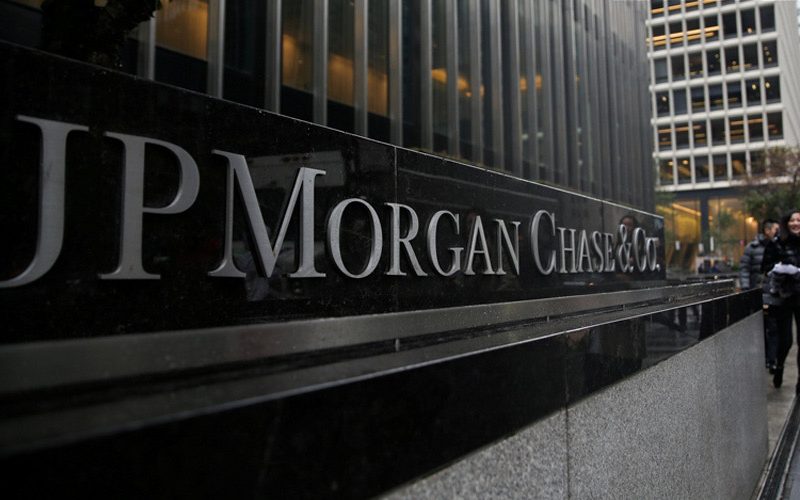Full-service travel business is being introduced by JPMorgan. A brand-new website will be live soon.
According to The Wall Street Journal, JPMorgan Chase has been putting the finishing touches on a full-service travel company that will let consumers plan and books everything from a cheap domestic flight to a lavish safari. It bought a luxury travel agency, a restaurant review business, and a booking system. It is creating thousands of travel agents as well as its own airport lounges. A brand-new website will be live soon. Of course, the key query is “Why?”
The plan is for JPMorgan to have complete control of the purchasing and shopping process for an item that customers are passionate about. Executives said that automobiles and homes might be the next. These are sizable consumer spending circles where the bank’s head of cards, Allison Beer, outlined: “They have a significant chance to define what it means to use Chase products.” Serving current customers isn’t the only reason it has cost Chase so much money to build out a full-service travel business and will continue to do so. It has to do with gaining new clients and altering the competitive landscape for credit cards. Today’s major credit card companies compete for high spenders by offering perks. In the credit card industry, rewards are a major differentiator and motivator, and Chase will undoubtedly continue to compete with the other major issuers on the rewards front. However, an integrated travel business alters the way Chase might approach prospects and present a more focused credit card offer. Airline partners with which Chase has co-branded credit cards include Southwest, United, Aer Lingus, British Airways, and Iberia. Also available are cards from hotel groups including IHG, Marriott, Hyatt, and Disney. Chase has the chance to make rapid offers at the point of sale for their co-branded card portfolio when taking (and making) travel reservations for customers. The travel business division could theoretically make intelligent buy-now, pay-later (BNPL) offers to current Chase cards based on their prior repayment and purchasing history. For many types of purchases, judgments are made based on the shopping (or research) process rather than on previous relationships, making activity-based marketing essential for banks. Consumer behavior and the method through which they select a product and service provider are both altered by activity-based marketing. Bank customers will now contact banks at a point that is much more in line with their needs or wants for a given good or service. Additionally, it gives the consumer education that is relevant to the activity they are learning about. The benefits of activity-based marketing include:
- Brand awareness and affinity – The apps are a sort of advertising that fosters favorable brand awareness and affinity for those businesses.
- Early involvement in the purchase cycle – By offering a tool to aid in the product selection process, a bank offering an activity-based marketing app is engaging prospects sooner than they were previously able to.
- Consumer insights: McKinsey & Co. recommends two steps for marketers to take to develop their personalization capabilities: Putting together a detailed real-time perspective of customer involvement, and data mining to find consumer signals throughout the customer journey. By identifying the actions and procedures that generate the data, activity-based marketing contributes to solving that issue.
- Tender steering: By adopting activity-based marketing, banks can encourage clients to use their debit and credit cards by offering prizes, discounts, and/or other incentives. They can also assist customers who require point-of-sale financing.
It was anticipated that banks would focus on the home and car-buying procedures rather than the travel experience (as USAA and the Commonwealth Bank of Australia have previously done). But with its assortment of co-branded credit cards with travel-related brands, Chase is well-positioned to disrupt the industry. Even though Chase likes the phrase “connected commerce” rather than “activity-based marketing,” it nonetheless demonstrates its willingness to invest a lot of money and take significant risks to alter the financial services industry.







